Ensuring continuity and efficiency in health service delivery
The Ministry of Health has issued a document guiding provinces and cities to arrange and allocate working space of medical facilities according to the 2-level local government organization model.
Specifically, in provinces and cities that do not merge or reorganize provincial-level governments : For medical facilities, there will be no changes or additions to their functions or tasks; the existing headquarters and real estate will be basically maintained. Continue to review, consolidate and improve the quality of existing medical infrastructure to meet the needs of disease prevention and treatment of local people.
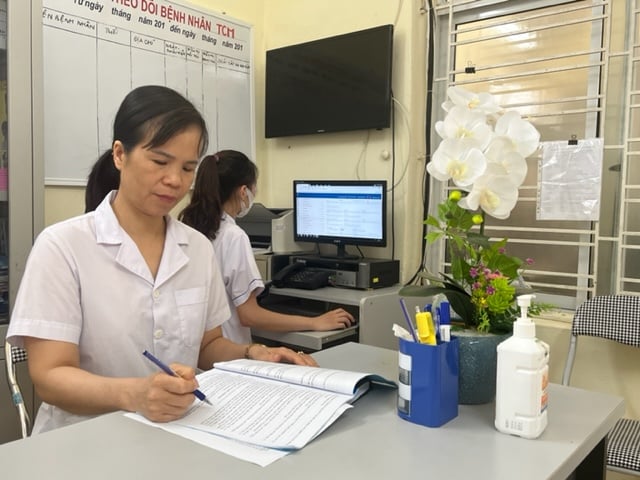
Prioritize the use of appropriate medical station facilities to maintain medical activities in merged areas.
PHOTO: LIEN CHAU
For medical facilities with changes or additions to their functions and tasks, localities should proactively review their needs and initially arrange for adjustments and additions from redundant headquarters in the area to meet and comply with the requirements for immediately implementing new functions and tasks after the arrangement of the two-level local government model.
Provinces and cities implementing mergers and reorganizations of provincial-level governments: Review and make statistics of all existing headquarters, facilities and assets of provincial-level medical facilities under their management; assess the suitability of current infrastructure with the operational requirements and population size of the new administrative unit after the reorganization.
For the previous district-level medical facilities (counties, towns, and cities under the province): the arrangement of district-level medical facilities was reviewed and functions were adjusted to suit the new management model under the direction of the Government , while ensuring continuity and efficiency in providing medical services to the people.
Localities need to develop plans to effectively use these public assets, including upgrading, renovating or transferring them to ensure no disruption, creating maximum convenience for people to access medical services and better serving the health care work of the people in the area.
Existing medical facilities maintain their headquarters and land, continue to maintain operations and perform functions and tasks as prescribed by competent authorities to ensure continuity in providing medical services and health care to people.
For commune and ward health stations, the Ministry of Health noted that localities should focus on consolidating and enhancing the capacity of existing health stations in newly formed administrative units after the merger.
Prioritize the use of appropriate existing health stations to maintain medical activities in merged areas, ensuring people have convenient access to primary health services.
In case there are many health stations in the same new commune-level administrative unit, priority is given to choosing the place with the most convenient location and the best facilities as the main facility; the remaining facilities will be reviewed by the locality to arrange for continued operation, meeting the requirements with functions and tasks according to the instructions of competent authorities to maintain and expand the service access network, best serving the people.
If necessary, consider adjusting and adding more area to the main facility from the surplus facilities after the arrangement to ensure compliance with new requirements, functions and tasks.
Regarding the standard of common dedicated area for departments in the hospital, it is necessary to ensure: working area (working area for 1 medical staff to guide, do administrative procedures, receive, return results), is from 4 - 6 m2/person; waiting area (area with waiting chairs installed) is 1.2 - 1.5 m2/adult; 1.5 - 1.8 m2/child.
Based on the scale and operating capacity of each unit to determine the appropriate number of working places. Head of department office 26 m2/person; patient room with 1 bed 12 - 15 m2/bed, not including the area of the toilet, balcony...
Source: https://thanhnien.vn/sau-sap-nhap-y-te-co-so-hoat-dong-ra-sao-185250707194953416.htm





![[Photo] Prime Minister Pham Minh Chinh receives CEO of Samsung Electronics](https://vphoto.vietnam.vn/thumb/1200x675/vietnam/resource/IMAGE/2025/8/26/373f5db99f704e6eb1321c787485c3c2)

![[Photo] Prime Minister Pham Minh Chinh chairs meeting of National Steering Committee on International Integration](https://vphoto.vietnam.vn/thumb/1200x675/vietnam/resource/IMAGE/2025/8/26/9d34a506f9fb42ac90a48179fc89abb3)
![[Photo] Brilliant red of the exhibition 95 years of the Party Flag lighting the way before the opening](https://vphoto.vietnam.vn/thumb/1200x675/vietnam/resource/IMAGE/2025/8/27/e19d957d17f649648ca14ce6cc4d8dd4)
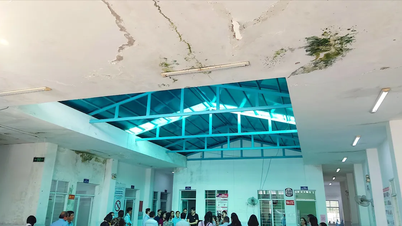















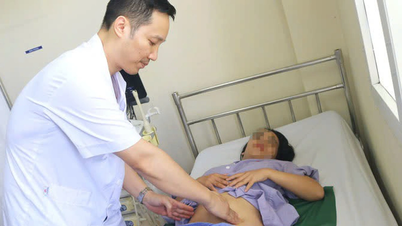





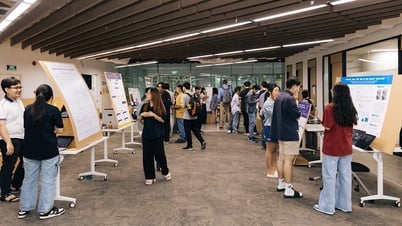








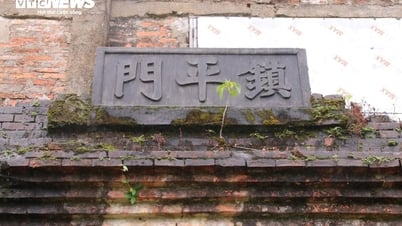


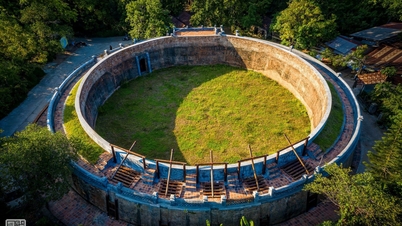

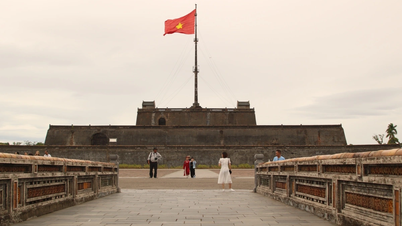

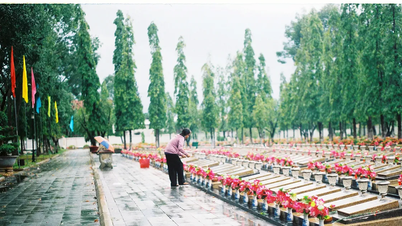













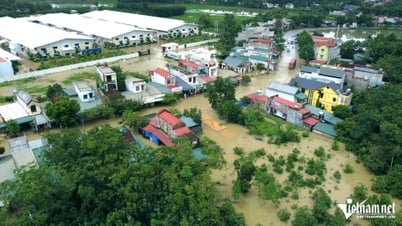
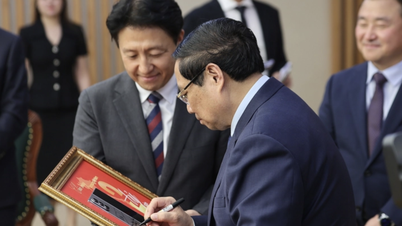
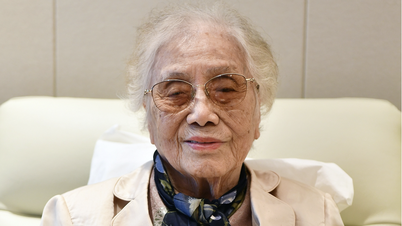

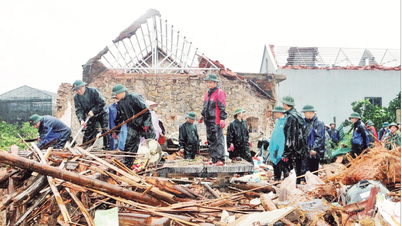
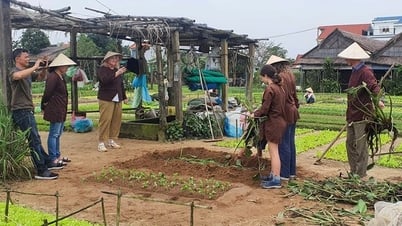



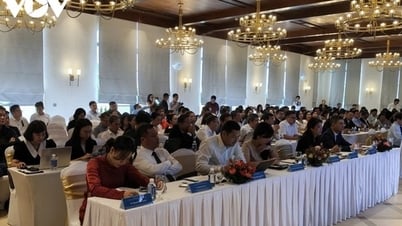


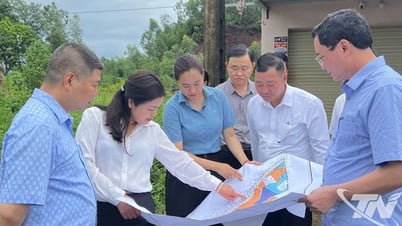



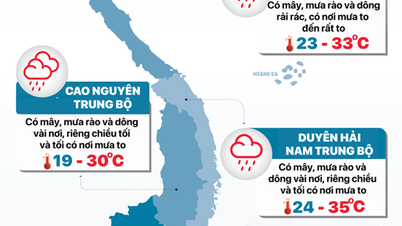

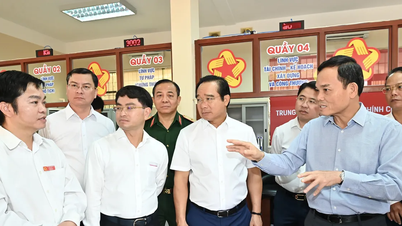















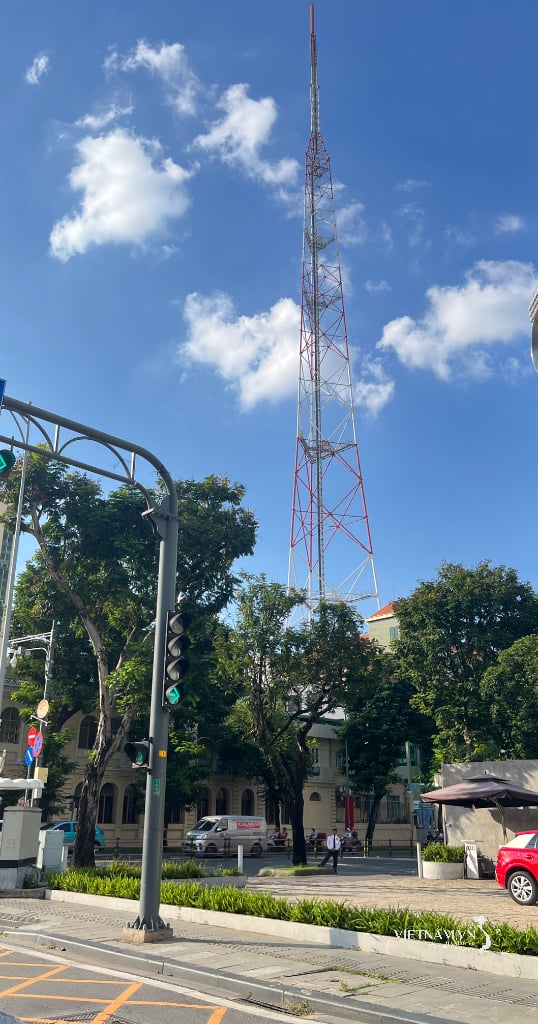


Comment (0)